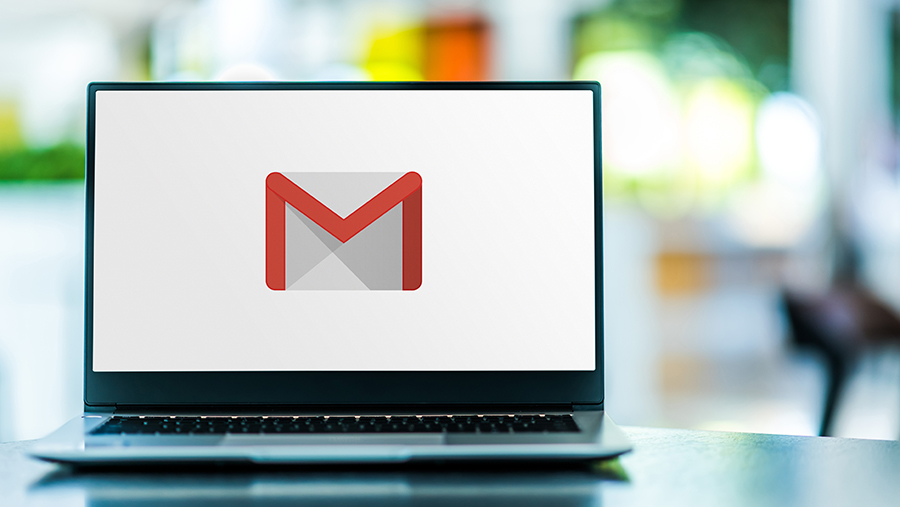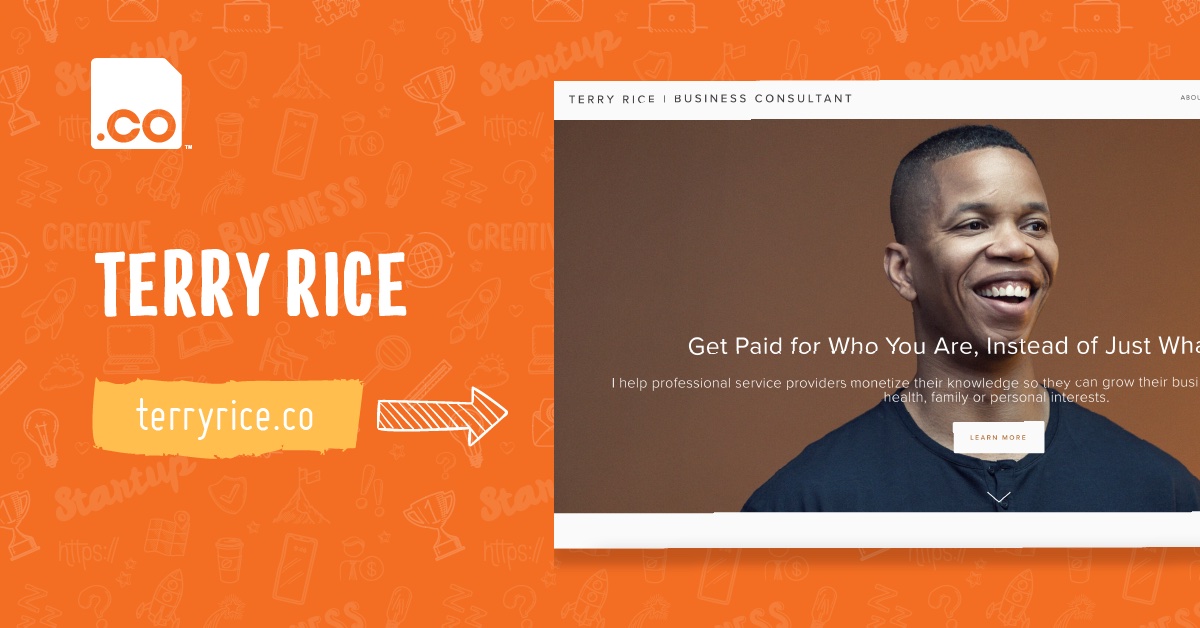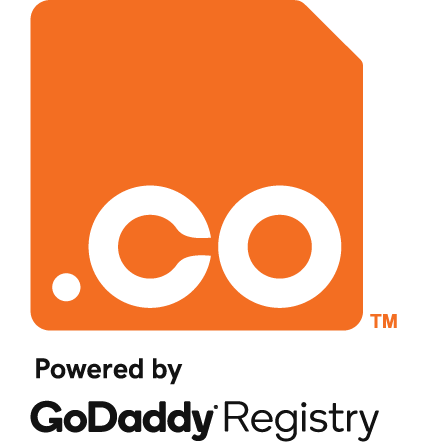 “Innovation” is a scary word when it’s aimed in your direction. Say you’re looking for ways to improve your business; you know you need to be innovative, but then you immediately flash on an image of Steve Jobs and freeze. The word innovation tends to set a really high mental bar.
“Innovation” is a scary word when it’s aimed in your direction. Say you’re looking for ways to improve your business; you know you need to be innovative, but then you immediately flash on an image of Steve Jobs and freeze. The word innovation tends to set a really high mental bar.
But the bar isn’t really that high. Finding new ways to improve your business is relatively easy. Don’t think about being innovative. Think about something else instead:Pain.
To be innovative you just need to use what you already know — about your business and about your customers — to eliminate a little mutual pain. Anyone can do it; for example, the owner of a gas station/convenience store near where I live is innovative. (Surprised the words “convenience store” and “innovative” appear in the same sentence?)
Here’s the process. We’ll use a few of her ideas as examples.
1. Find the mutual pain. In her case, credit card processing fees are a bit more than 2% and she has to wait at least a day for funds to hit her account. She sells a lot of gas but her profit margins are thin, especially since she competes with Sheetz and Costco. (Chains often use gas as a loss leader.) At the same time, consumers are sensitive to gas prices and in my area price shopping is common. Mutual pain: She hates processing fees and waiting for funds to hit her account, and consumers hate high gas prices.
2. Find a mutually beneficial solution. She decided to offer a discount on cash purchases, cutting the price by 5 cents a gallon. Since gas is about $3.50 a gallon, that’s a discount of 1.4%. While she only pockets about .8% of the difference in processing fees, her overall gas sales increased by 7% and a greater percentage of revenue hit her account the same day. (I asked if she was worried credit/debit purchasers would be upset about paying more than cash customers. She said a few complained, but when she explained that the credit card companies kill her on processing fees and she’d rather pass on some of the savings to cash customers, they understood. “Everyone got it because no one likes credit card companies,” she said.)
3. Leverage the solution to find more pain. Cash customers come inside to pay. (Every gas station/convenience store operator lies awake at night trying to think of ways to get customers inside; the growth of credit/debit card use has greatly reduced foot traffic.) She needs to sell more than gas, so that’s her pain… but what about her customers? What else do they need?
4. Go for more win-wins. The average convenience store places high-margin items near the cash registers: Batteries, candy, lots of goofy stuff they hope to sell but nobody buys (and I’m guessing you don’t even notice anymore). She took a different approach. Some of her best-selling items were coffee, sodas, and energy drinks. She moved the coffee station near the main counter and placed one cooler up front. Sales of those items went up, but so did overall beverage sales. “I noticed many customers would glance at the cooler and head to the back where the rest of the coolers are,” she said. “It’s almost like they thought, ‘Oh yeah, I could use a soda.’” Then she went a step farther, displaying easy to eat in the car items like fresh cookies, fresh fruit (displayed in a grocery store-style cooling unit to overcome the “who buys fresh fruit in a convenience store?” stigma), and meal replacement bars. Sales of those items went up… meaning more customers needed a drink to go with them. In total, overall beverage sales rose 21%. (By the way: She moved the beer to the back of the store. “No one comes in and says, ‘Hey, I just realized I want a six-pack.’ People who buy beer already know they want beer.”)
5. Track your results. “Innovations” are only innovative when they actually work. Make sure you know your starting point and then track the results of changes. Watch for the positives, but pay special attention to any negatives. In her case, increased in-store traffic meant she needed to work the counter more, especially during morning and afternoon drive time. She also had to add more parking spaces, since customers who come inside naturally spend more time at the pump or parked in front of the store.
Now think about something you would like to change: A constraint, a cost, some kind of pain point. Then think about ways your customers can help you solve that problem while benefiting as well. Keep in mind you don’t have to think big. Small innovations can often go biblical, begetting more and more innovations.
Find a pain and eliminate it — that’s all innovation really is.




